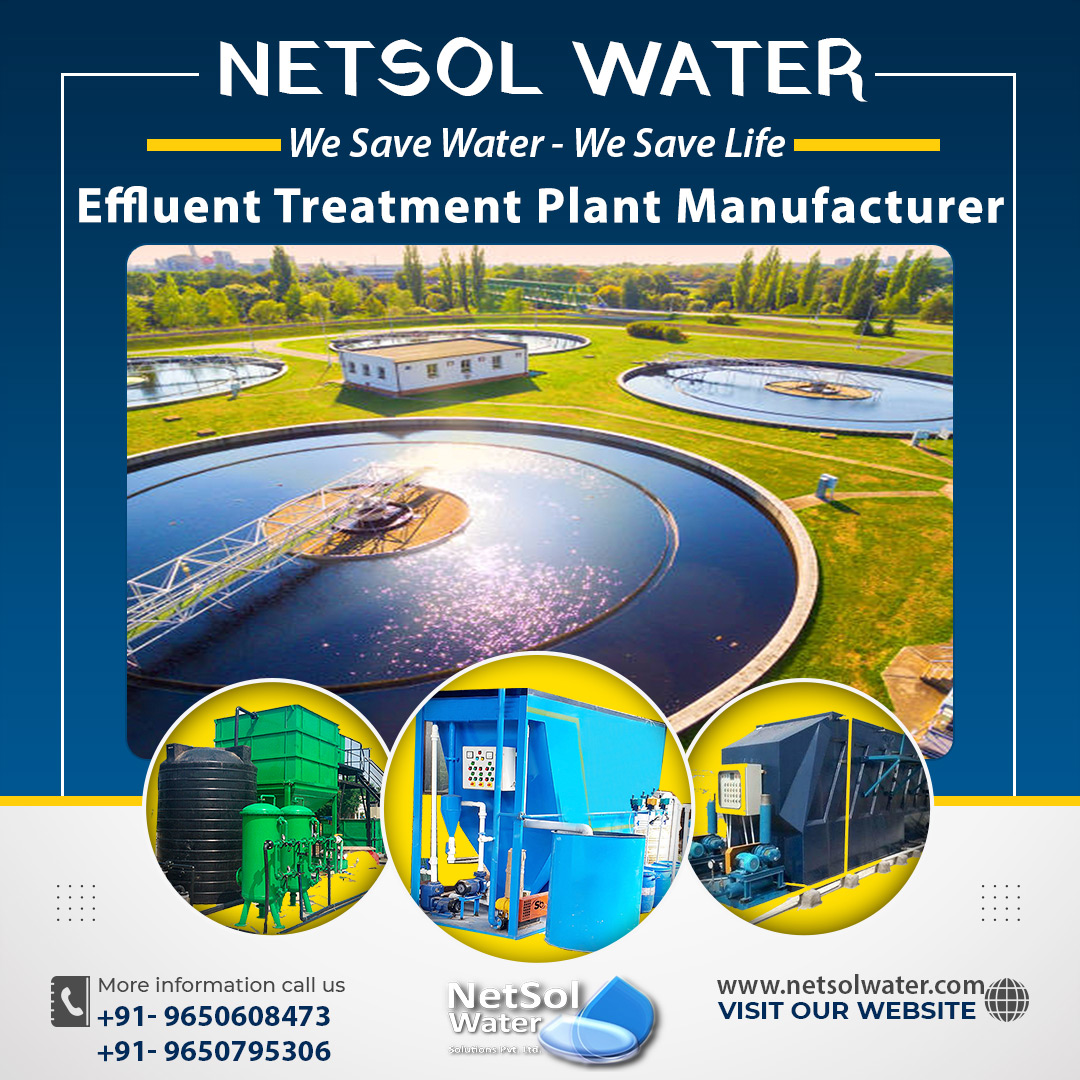What is an Industrial effluent treatment plant?
It can be seen that the output of industrial wastewater is overwhelming as a result of the rapid development of many industries, each of which produces its own unique mix of toxins that severely pollute the environment. As a result, environmental regulations have mandated that all industrial units install effluent treatment plants to prevent the direct discharge of untreated wastewater into bodies of water.
Some of the major businesses that require the installation of an Effluent Treatment Plant (ETP) to filter waste water before it is discharged include:
1. The processing and food industries
2. The pharmaceutical sector
3. Textile and paper manufacturing industries
4. Automobile manufacturing industries
5. Textile and dye manufacturing
6. Industry of Dairy and Beverage
What are the effects of industrial effluent on the environment?
Industry is a major contributor to water contamination. The aesthetic quality of water courses such as ponds, lakes, rivers, and other bodies of water is harmed by industrial effluent. It has a major negative impact on human health. Furthermore, contaminated wastewater (untreated effluent) contains both organic and inorganic debris, which kills marine life and limits its capacity to reproduce. The presence of a wide range of pollutants in industrial effluents has been linked to a number of major health problems and environmental damage.
What is the definition of industrial effluent treatment?
Any wastewater produced by diverse industrial processes is referred to as industrial effluent. The degradation of receiving water sources is caused by the quality of industrial effluent/wastewater, which differs from one company to the next. In other words, using an industrial ETP/Effluent Treatment Plant to treat all types of effluents emanating from diverse companies is highly desirable.Industrial effluent treatment is the process of cleaning waste water that has been heavily contaminated by industrial pollutants so that it can be reused or discharged back into the environment.
Treatment stages of an Industrial Effluent Treatment Plant (ETP) include:
Physical, chemical, and biological approaches are used to treat wastewater. Various treatment levels involved in the treatment of industrial wastewater are given in the table below, depending on the kind and intensity of contamination:
Treatment Level |
Description |
Process involved |
| 1. Preliminary Treatment or Pre-treatment | Large materials such as rags, ticks, grit, and oil that might harm equipment or cause operating issues are removed. The suspended solid materials are removed using bar screens and a grit chamber. | Physical |
| 2. Primary Treatment | Floating and settleable elements, such as suspended particles and organic debris, are removed. It eliminates around 70-80% of suspended particles and 25-30% of BOD. Sludge that collects at the bottom of the primary clarifier is pumped out and sent to a sludge processing facility. | Physical and chemical |
| 3. Secondary Treatment | Biodegradable organic materials and suspended particles are removed. It involves the "activated sludge process," which efficiently eliminates roughly 85 percent of organic materials and is the most preferred biological aerobic technique. | Biological and chemical |
| 4. Tertiary or Advanced Treatment | It removes any remaining suspended or dissolved particles. In order to meet discharge criteria, it increases the quality of treated water. It entails eradicating any unwanted germs through a disinfection procedure (which commonly employs disinfectants such as chlorine, ozone, and UV radiation). | Physical, chemical and biological |
Netsol Water is a manufacture of ETP’s, STP’s and any other water related technologies. We are here to secure fresh water for our future generations. We believe in “waste water should not be a wasted water”.




